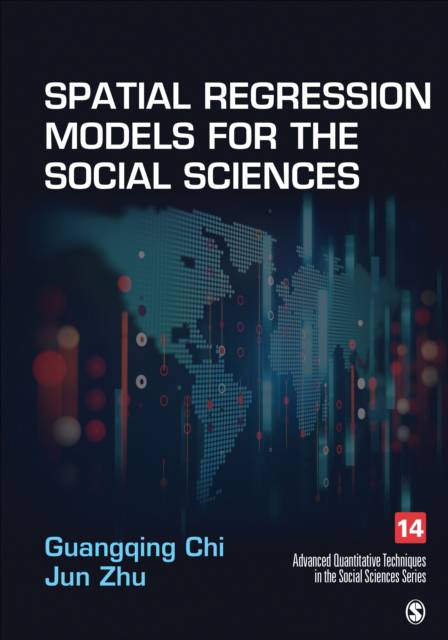
- Retrait gratuit dans votre magasin Club
- 7.000.000 titres dans notre catalogue
- Payer en toute sécurité
- Toujours un magasin près de chez vous
- Retrait gratuit dans votre magasin Club
- 7.000.0000 titres dans notre catalogue
- Payer en toute sécurité
- Toujours un magasin près de chez vous
Description
Spatial Regression Models for the Social Sciences shows researchers and students how to work with spatial data without the need for advanced mathematical statistics. Focusing on the methods that are commonly used by social scientists, Guangqing Chi and Jun Zhu explain what each method is and when and how to apply it by connecting it to social science research topics. Throughout the book they use the same social science example to demonstrate applications of each method and what the results can tell us.
Spécifications
Parties prenantes
- Auteur(s) :
- Editeur:
Contenu
- Nombre de pages :
- 272
- Langue:
- Anglais
- Collection :
- Tome:
- n° 14
Caractéristiques
- EAN:
- 9781544302072
- Date de parution :
- 19-04-19
- Format:
- Livre relié
- Format numérique:
- Genaaid
- Dimensions :
- 183 mm x 259 mm
- Poids :
- 748 g

Les avis
Nous publions uniquement les avis qui respectent les conditions requises. Consultez nos conditions pour les avis.






